Wiring for Welder
noworries
19 years ago
Related Stories

LIGHTING10 Ways With Wall Lights That Don’t Need to Be Wired In
Learn how to add illumination to your home without carving into the walls
Full Story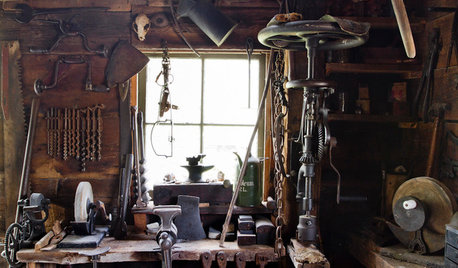
MATERIALSAre You a Maker? Show Us Your Favorite Tool or Material
Houzz Call: A tool or material can be a maker’s best friend. We’d like to see your favorite — and what it helps you achieve
Full Story
FARM YOUR YARDHouzz Call: Show Us Your One-of-a-Kind Chicken Coops
Do you have a fun or stylish backyard shelter for your feathered friends? Post your pictures and stories in the Comments!
Full Story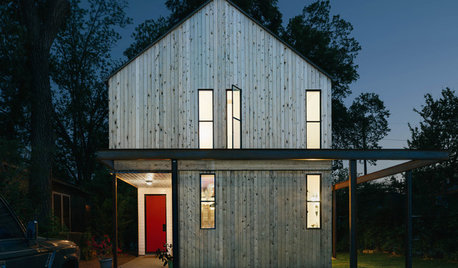
MOST POPULARHouzz Tour: Elbow Grease and Steel Create a Modern Texas Farmhouse
Talk about DIY. This couple acted as architect, interior designer and general contractor to build a one-of-a-kind home on a budget
Full Story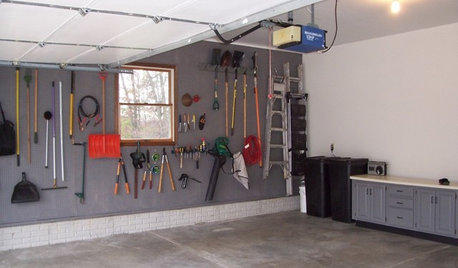
MORE ROOMS6 Garage Organizing Tips That Really Work
National Clean Out the Garage Day: Here's how to clear the clutter and organize what's left
Full Story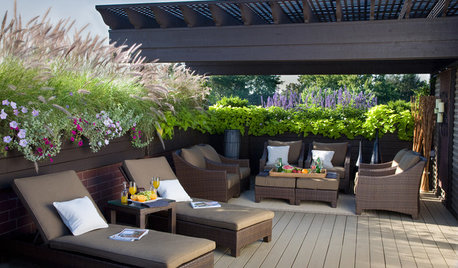
GARDENING AND LANDSCAPINGSpring Patio Fix-Ups: 12 Wonderful Ways With Planters
Change the look of your whole patio with just a few thoughtfully placed containers or a trellis brimming with greenery
Full Story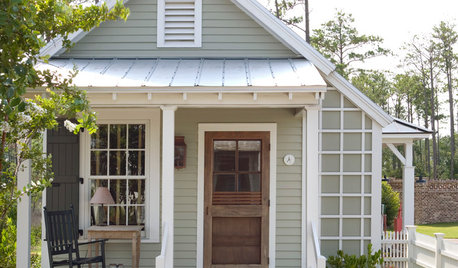
MOVINGHow to Avoid Paying Too Much for a House
Use the power of comps to gauge a home’s affordability and submit the right bid
Full Story
LANDSCAPE DESIGNGreat Design Plant: Sun-Loving Bougainvillea Showers Yards With Color
Bring unbeatable vibrancy to a garden or wall with this unfussy and trainable shrub packed with colorful bracts
Full Story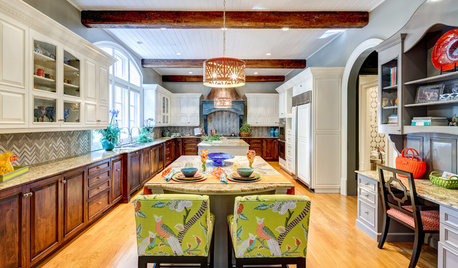
BEFORE AND AFTERSKitchen Rehab: Don’t Nix It, Fix It
A small makeover makes a big impact in a traditional kitchen in Atlanta with great bones
Full Story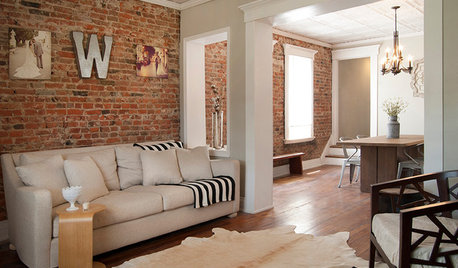
MY HOUZZMy Houzz: Surprise Revealed in a 1900s Duplex in Columbus
First-time homeowners tackle a major DIY hands-on remodel and uncover a key feature that changes their design plan
Full StorySponsored
Columbus Area's Luxury Design Build Firm | 17x Best of Houzz Winner!






triptester
modre
Related Professionals
Stuart Furniture & Accessories · Duluth Furniture & Accessories · Portage Furniture & Accessories · Hoffman Estates Furniture & Accessories · The Crossings General Contractors · Alamo General Contractors · DeKalb General Contractors · Erie General Contractors · Green Bay General Contractors · Halfway General Contractors · Nashua General Contractors · Union Hill-Novelty Hill General Contractors · Longmont Siding & Exteriors · Newington Siding & Exteriors · Oakville Siding & Exteriorsmodre
modre
gooseberry_guy
spambdamn_rich
brickeyee
spambdamn_rich
bus_driver
gooseberry_guy
noworriesOriginal Author
spambdamn_rich
brickeyee